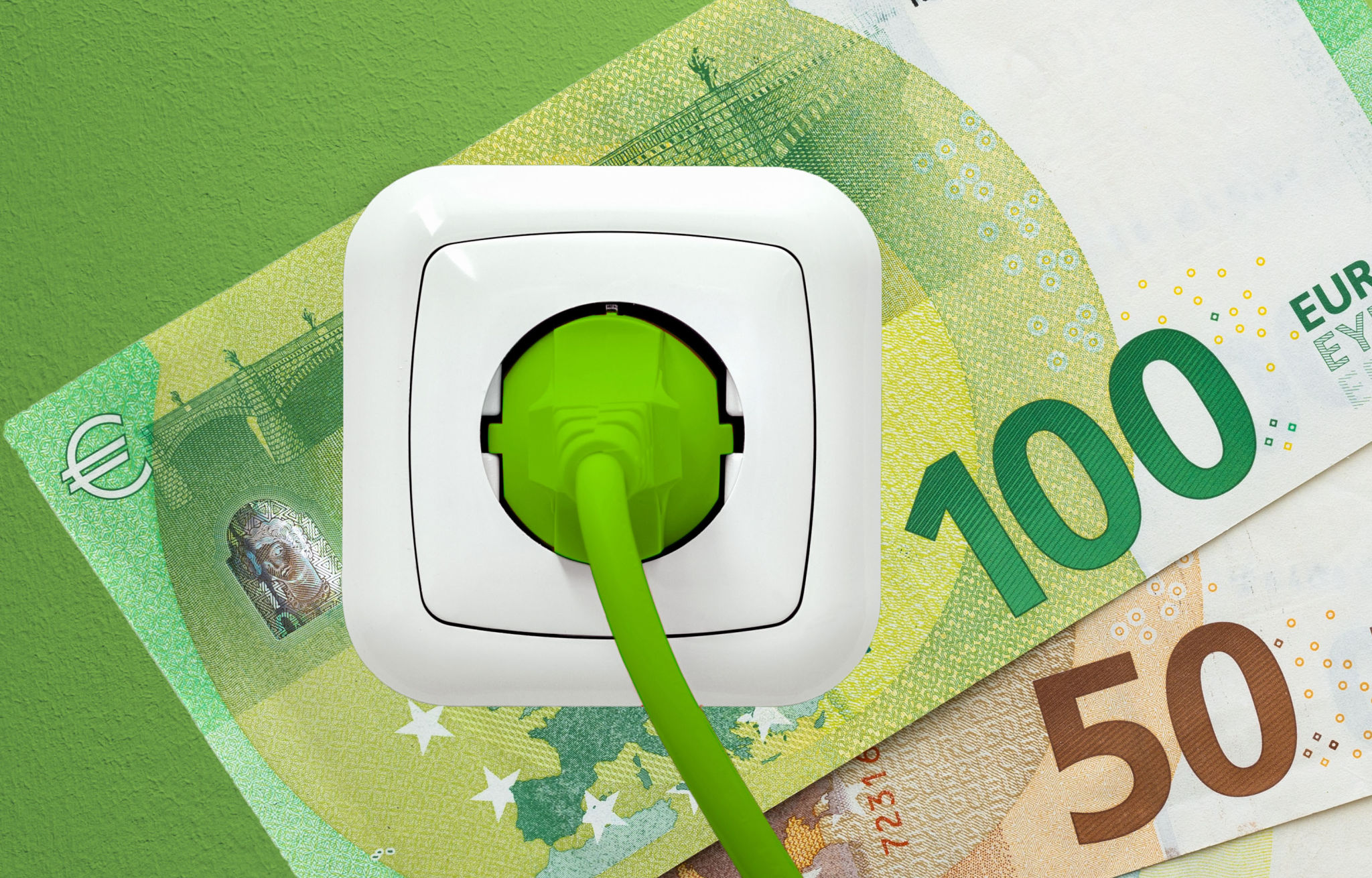How to Compare Prices Effectively: A Step-by-Step Guide
Understanding the Importance of Price Comparison
In today's world, being a savvy shopper means more than just finding the lowest price. Effective price comparison allows you to not only save money but also ensure that you're getting the best value for your purchase. With countless options available both online and offline, having a strategy to compare prices can make a significant difference.
Whether you're shopping for groceries, electronics, or services, understanding how to evaluate and compare prices can lead to substantial savings over time. This guide will walk you through the essential steps to become an expert in price comparison.

Step 1: Define Your Needs
Before diving into price comparison, it's crucial to define exactly what you're looking for. Are there specific features or qualities that are non-negotiable? By clarifying your needs, you can narrow down the list of potential products or services, making the comparison process more manageable.
Remember, the cheapest option isn't always the best. Prioritize quality and reliability alongside cost to ensure you're making a smart purchase. This approach helps avoid buyer's remorse and ensures long-term satisfaction with your choice.
Essential Criteria to Consider
- Product features and specifications
- Brand reputation and reviews
- Warranty and customer support
Step 2: Research and Gather Information
Once you've defined your needs, it's time to gather information on potential products or services. Utilize the internet for research, taking advantage of comparison websites, customer reviews, and forums. These resources can provide valuable insights into the quality and performance of the options you're considering.
Don't forget to check multiple retailers for pricing information. Prices can vary significantly between retailers, especially during sales or promotions. Keep an eye out for seasonal discounts or special offers that could impact your decision.

Step 3: Use Price Comparison Tools
Price comparison tools are invaluable in today's digital age. Websites and apps designed for price comparison can save you both time and money by aggregating data from various retailers. These tools often provide alerts for price drops and promotions, ensuring you never miss a deal.
Some popular price comparison tools include:
- Google Shopping
- PriceGrabber
- Shopzilla
Step 4: Evaluate Total Cost of Ownership
When comparing prices, consider the total cost of ownership rather than just the upfront cost. This includes factors such as shipping fees, taxes, and any additional costs associated with the product over its lifetime. A slightly higher initial price may be justified if it leads to lower long-term costs.

Additional Costs to Consider
- Maintenance or subscription fees
- Energy consumption or usage costs
- Replacement parts or accessories
Step 5: Make an Informed Decision
With all the information at hand, you're now ready to make an informed decision. Weigh the pros and cons of each option, considering both the financial aspects and the qualitative factors like brand reputation and customer service. Making a well-rounded decision ensures satisfaction with your purchase.
Remember, effective price comparison is a skill that improves with practice. The more you engage in this process, the better you'll become at discerning value and identifying true bargains.
Happy shopping! By following these steps, you'll be well on your way to becoming a master at comparing prices effectively.
